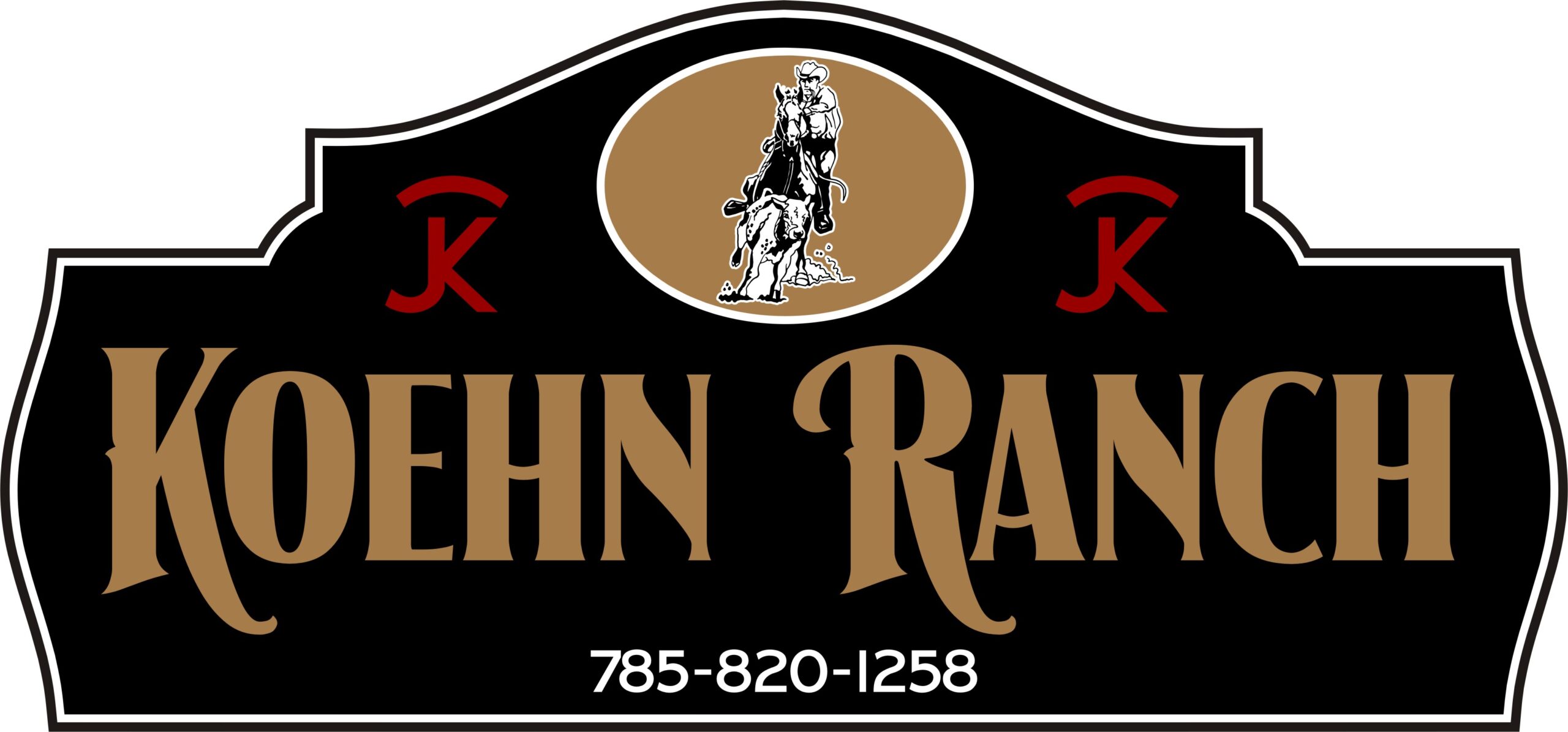Horse breeding is a complex process that involves careful consideration of various factors, including the breeding pair’s genetics, health, and temperament. It is essential to breed horses that are healthy, strong, and have desirable traits, which can be passed on to their offspring. In this blog, we will explore the process of horse breeding and the factors that contribute to successful breeding at Koehn ranch in Kansas.
Selecting the Breeding Pair
The first step in the horse breeding process is selecting the breeding pair. This involves carefully evaluating the mare and stallion to ensure that they have desirable traits and are compatible with each other. The mare should be healthy, have a good temperament, and possess desirable traits such as speed, agility, or endurance, depending on the desired offspring’s intended use. Similarly, the stallion should also have good health and temperament and should possess desirable traits that complement those of the mare.
Preparing the Mare
Once the breeding pair has been selected, the mare must be prepared for breeding. This includes ensuring that she is healthy and in good physical condition. The mare’s reproductive system must also be checked to ensure that there are no issues that may affect the breeding process. This may involve taking the mare for a veterinary examination, which may include ultrasounds, blood work, and other tests.
Breeding
Once the mare is prepared, the breeding process can begin. There are two main methods of breeding horses, natural breeding and artificial insemination. Natural breeding involves allowing the mare and stallion to mate naturally, while artificial insemination involves collecting semen from the stallion and inserting it into the mare’s uterus using a syringe.
If natural breeding is used, the mare and stallion will be brought together and allowed to mate. This may take several attempts before a successful mating occurs. Once the mare has been successfully bred, she will be monitored for pregnancy.
If artificial insemination is used, the mare’s reproductive system will be prepared using hormones to ensure that she is ovulating. The stallion’s semen will then be collected and inserted into the mare’s uterus using a syringe. This method is often preferred for mares that have difficulty conceiving or for stallions that are located far away from the mare.
Pregnancy
Once the mare has been successfully bred, she will be monitored for pregnancy. This may involve regular ultrasounds to check for the fetus’s development and to ensure that the pregnancy is progressing as it should. The mare will also be monitored for any signs of complications, such as infections or complications with the fetus.
Foaling
Once the pregnancy reaches full term, the mare will give birth to the foal. The foal will be monitored closely to ensure that it is healthy and developing properly. The mare may also need to be monitored to ensure that she is recovering from the foaling process.
Horse breeding is a complex process that requires careful consideration of various factors, including the breeding pair’s genetics, health, and temperament. By selecting the right breeding pair, preparing the mare, and monitoring the pregnancy, breeders can increase the chances of producing healthy, strong, and desirable offspring. Successful horse breeding requires patience, attention to detail, and a deep understanding of horse behavior and reproductive processes, Ask the expert today and make breeding safe for your animals.

